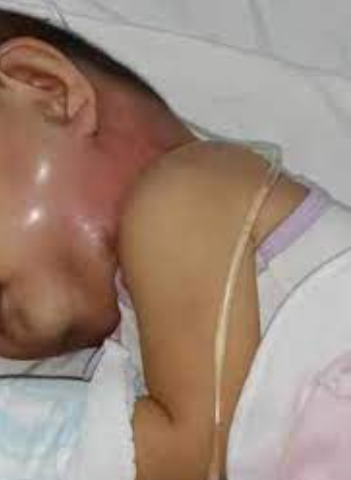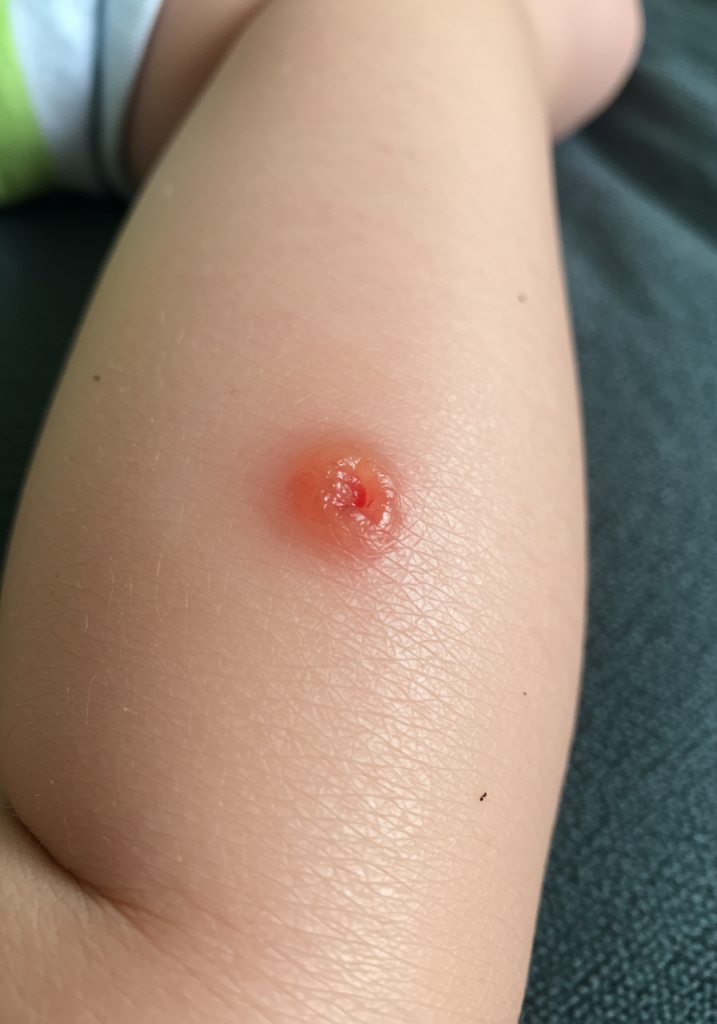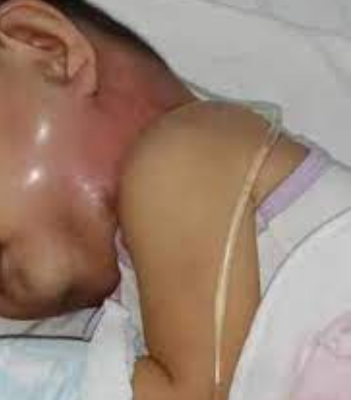Beware of Centipede Bites: Symptoms and First Aid
Centipedes, often found in homes or gardens, might look harmless but can deliver painful and potentially dangerous bites, especially to children or people with allergies.
Identifying a Centipede Bite

- Pain and Redness: Immediate pain, redness, and swelling at the bite site.
- Severe Symptoms: Allergic reactions, nausea, fever, chills, or dizziness.
- Complications: In rare cases, severe swelling or infections may occur, especially in young children, as depicted in the image.
Immediate Actions if Bitten

- Wash the area: Clean with soap and water to avoid infection.
- Apply ice packs: Reduce swelling and pain.
- Pain relief medication: Over-the-counter pain relievers may help ease discomfort.
- Monitor symptoms: Watch for signs of allergic reactions or infections.
When to Seek Medical Help
- Severe allergic reactions (difficulty breathing, rapid swelling).
- Persistent or worsening pain.
- Signs of infection (pus, severe swelling, fever).
Prevention Tips
- Keep your home clean and dry to avoid attracting centipedes.
- Seal cracks and crevices to prevent entry.
- Wear gloves and shoes when working in the garden or dark, damp areas.
Understanding the potential risks and being prepared can prevent severe consequences from centipede bites, ensuring safety and peace of mind for you and your family.


